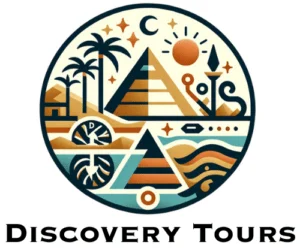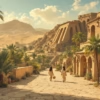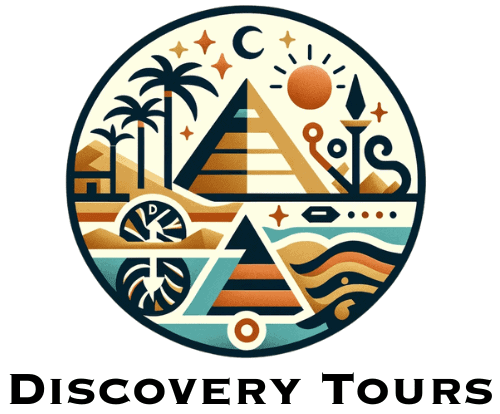Egypt’s Natural Wonders: National Parks and Conservation Areas
As the golden sun rises over the crystalline waters of the Red Sea, a small group of travelers stands in awe at the edge of Ras Mohammed National Park. Below the surface, a kaleidoscope of coral reefs teems with life, while overhead, migratory birds paint the sky in their seasonal ballet. This is Egypt beyond the pyramids – a realm of natural wonders that many travelers have yet to discover.
Discovering Egypt’s Protected Paradise
Egypt’s national parks and conservation areas offer an extraordinary counterpoint to the country’s ancient monuments. These pristine sanctuaries showcase the remarkable diversity of Egypt’s landscapes, from marine wonderlands to desert oases, providing travel professionals with unique opportunities to create unforgettable experiences for nature-loving clients.
Ras Mohammed National Park: Where Desert Meets Sea
Situated at the southern tip of the Sinai Peninsula, Ras Mohammed stands as Egypt’s first national park and a crown jewel of marine conservation. The park’s coral reefs host over 1,000 species of fish, making it a premier destination for snorkeling and diving enthusiasts. Expert guides can lead visitors to hidden spots like the Yolanda Reef, where the remnants of a Cyprus freighter create an otherworldly underwater landscape.
Best visited between March and November, Ras Mohammed offers more than just underwater adventures. The park’s salt marshes and mangrove forests provide crucial habitats for numerous bird species, making it a paradise for birdwatchers and wildlife photographers.
Wadi El Rayan: Desert Lakes and Fossil Wonders
In the heart of the Western Desert lies Wadi El Rayan, a protected area that challenges preconceptions about desert landscapes. This remarkable site features Egypt’s largest waterfalls, surrounded by desert dunes and prehistoric fossils. The contrast between the azure lakes and golden sands creates a photographer’s paradise, especially during sunrise and sunset.
Adventure seekers can enjoy sandboarding on the dunes, while history enthusiasts explore the Valley of Whales (Wadi Al-Hitan), a UNESCO World Heritage site containing invaluable whale fossils that tell the story of evolution.
Sustainable Tourism and Conservation Efforts
As Egypt’s natural areas gain popularity, responsible tourism practices become increasingly crucial. Working with experienced local partners ensures that visitors can enjoy these wonders while contributing to their preservation. Professional guides can educate travelers about the delicate ecosystems and local conservation initiatives, creating meaningful connections between visitors and these extraordinary environments.
Planning the Perfect Natural Experience
When crafting itineraries that include Egypt’s protected areas, consider these essential elements:
Emerging Trends in Nature Tourism
The demand for authentic nature experiences continues to grow, with travelers increasingly seeking:
Practical Considerations for Travel Professionals
When planning nature-focused itineraries in Egypt, partnering with experienced local operators becomes essential. They can provide specialized guides, arrange necessary permits, and ensure seamless logistics between different protected areas. This expertise allows travel professionals to offer unique experiences while maintaining the highest safety and comfort standards for their clients.
Making the Most of Your Clients’ Experience
To enhance your nature tour offerings, consider incorporating:
Egypt’s protected areas offer a fresh perspective on a destination often associated primarily with its ancient history. By incorporating these natural wonders into your itineraries, you’re not just offering tours – you’re creating transformative experiences that connect travelers with Egypt’s living heritage.
Ready to craft extraordinary natural adventures in Egypt? Let experienced local experts help you design unforgettable journeys that showcase the best of Egypt’s protected paradises while ensuring sustainable and responsible tourism practices.





